Zim medical tariffs highest in region
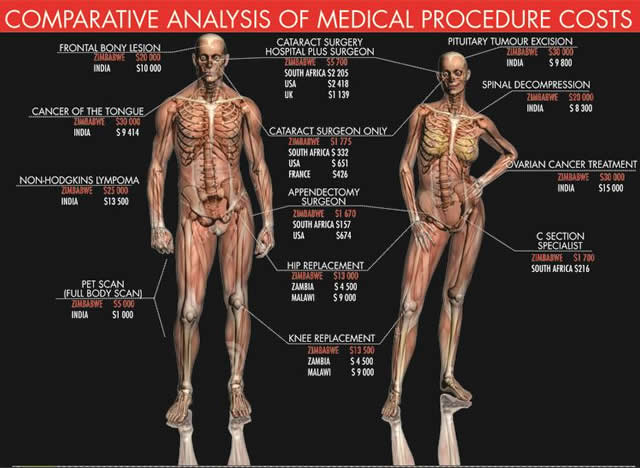
 Paidamoyo Chipunza Health Reporter
Paidamoyo Chipunza Health Reporter
THE cost of medical care in Zimbabwe is the highest in Southern Africa and almost at par with fees in Developed World countries, a survey by The Herald has revealed. Findings showed that the cost of procedures in Zimbabwe is more than twice that of India, South Africa, Zambia and Malawi, among other developing countries but almost similar with those in France, Australia, United Kingdom and the US where the standard of living and earnings are higher.
Procedures such as hip and knee replacement cost US$13 000 locally yet in Zambia it costs US$4 500. In the United Kingdom the same procedure costs US$7 833 while in Malawi it costs US$9 000.
The cost of appendectomy surgery in Zimbabwe is US$1 670 but in South Africa it is US$157. In the Western world appendectomy surgery costs US$674 in the US, US$776 in France and US$782 in Australia – less than what Zimbabwean professionals are requesting.
Locally, a Caesarian section specialist charges US$1 700 almost in the same range as Australia where it costs US$2 118. However, in South Africa the same procedure costs US$216 and in France the fees are US$938.
For one to undergo cataract surgery in Zimbabwe, they need to fork out US$1 775 but in South Africa the same service costs US$332.
Other startling revelations are that costs for cancer treatment in Zimbabwe are almost thrice what is charged by professionals in India.
Locally, treatment of cancers such as ovarian, tongue, Non-Hodgkin’s lymphoma and pituitary tumour excision (which affects the head) range between US$25 000 and US$30 000. The same cancer treatment costs an average of US$10 000 in India.
A scan of the whole body, known as a PET scan in medical terms, costs US$5 000 locally but in India it costs US$1 000.
Sources within medical aid societies claim that they have resorted to sending some of their members to countries where such procedures are cheaper.
“Some procedures are expensive locally even if we factor in transport and accommodation costs hence the decision to send our members where sought services are cheaper,” said one of the sources who spoke on condition of anonymity.
Mrs Rudo Makore of Harare who sought treatment for a cataract in South Africa said she saved almost US$2 000 after abandoning Zimbabwean services. She was quoted US$5 700 for the cataract surgery including costs for the hospital and surgeon but investigations showed it was cheaper in South Africa.
“The same procedure cost US$2 205 in South Africa including the cost of hospitalisation and that of the surgeon. My other expenses including travel and upkeep after hospitalisation while still in South Africa did not cost me more than U$$700,” she said.
The majority of Zimbabweans are living below the poverty datum line which stands slightly above US$600.
This results in many people failing to access health care except for those on medical aid.
“It is sad, because when you get injured and you need urgent medical attention the first thing those attending you ask is, ‘Are you on medical aid?’ If you are not, it is a shame, meaning it will be difficult for you to access services quicker if you do not have the required money,” said Mr Robert Maponga of Harare.
He said his child was involved in an accident and required urgent examination to determine the degree of injuries sustained but this was delayed because he could not afford to pay for the services immediately.
“Imagine you have just heard of an accident and immediately you are expected to fork out nearly US$1 000 in a few hours. How is that possible honestly?”
His child needed a CT scan which cost US$500 and several other scans, which all amounted to US$1 000. The hospital also needed a deposit of US$800 as guarantee of payment after services rendered.
“This is just not possible. People are dying in their homes because of these prohibitive medical costs,” he said.
But the Zimbabwe Medical Association chairman of the national tariff liaison committee Mr Chad Tarumbwa said the tariffs were justified considering the cost of living in Zimbabwe.
He expressed concern over people seeking treatment outside the country saying if complications occur, those people would require corrective surgery locally.
“Yes people are going outside the country for medical services but what if complications occur, who will attend to those complications?” Mr Tarumbwa said.
He also questioned the quality of service offered in some of the countries compared to facilities in this country.
Health and Child Care Minister Dr David Parirenyatwa is set to gazette new tariffs for local medical costs.
Although these include consultation for general practitioners and specialists, current agreed costs are almost similar to those charged in other countries.
Tariffs that were in use all along require patients to pay US$20 as consultation fees to a general practitioner – an almost similar amount to that which is paid by patients in South Africa and France.
In South Africa the consultation fees for a general practitioner is US$25 while in France it is US$30.
Under the new tariffs, ZiMA proposed an upward review of the cost to US$50 a visit.
Association of Healthcare Funders of Zimbabwe chief executive Mrs Shylet Sanyanga is on record as saying that effecting the increase would make local rates even more expensive.
“Funders do not expect an increase in tariffs at all. The country is experiencing falling inflation so there can be no justification for increases,” she said.




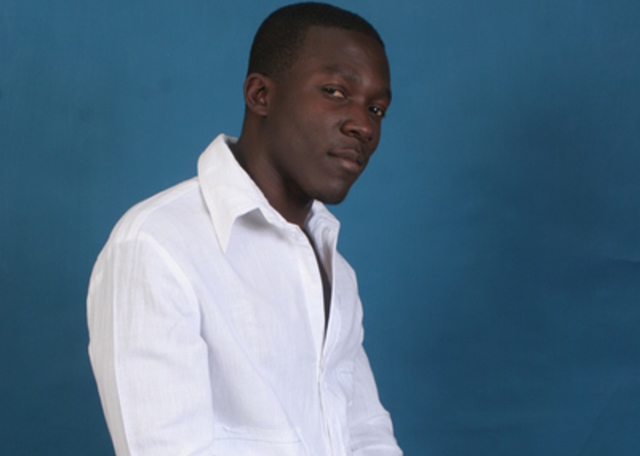
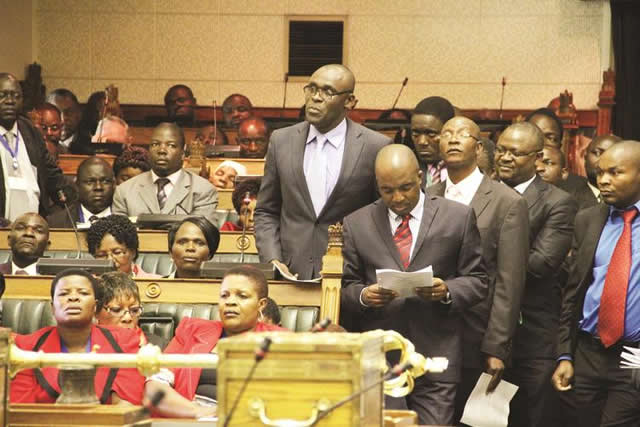
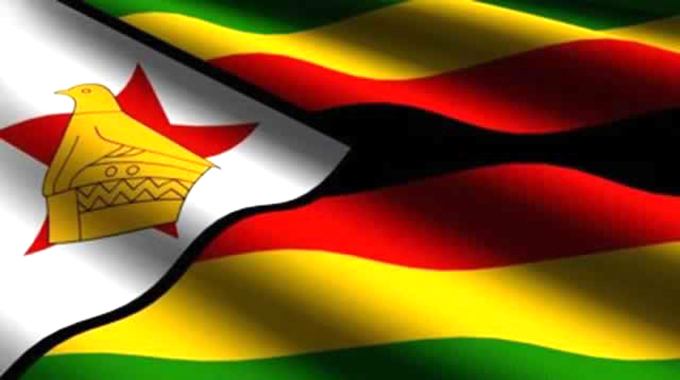

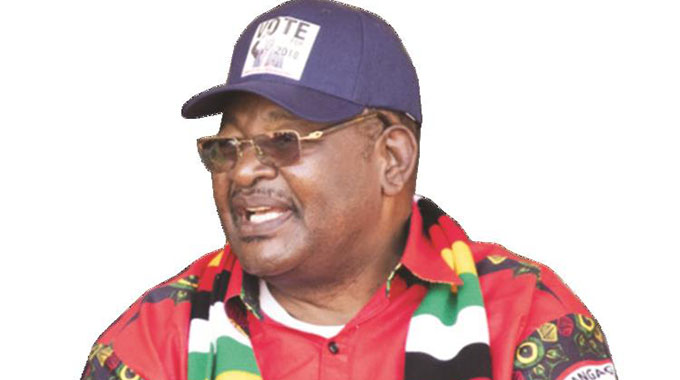

Comments